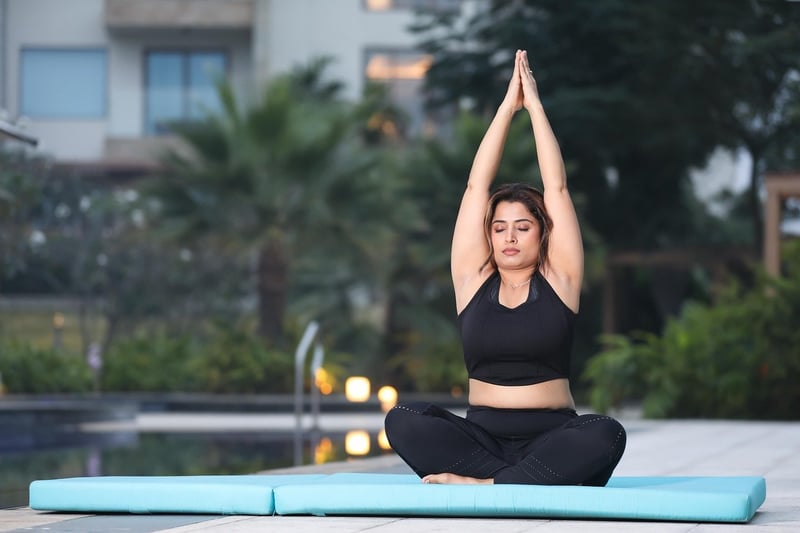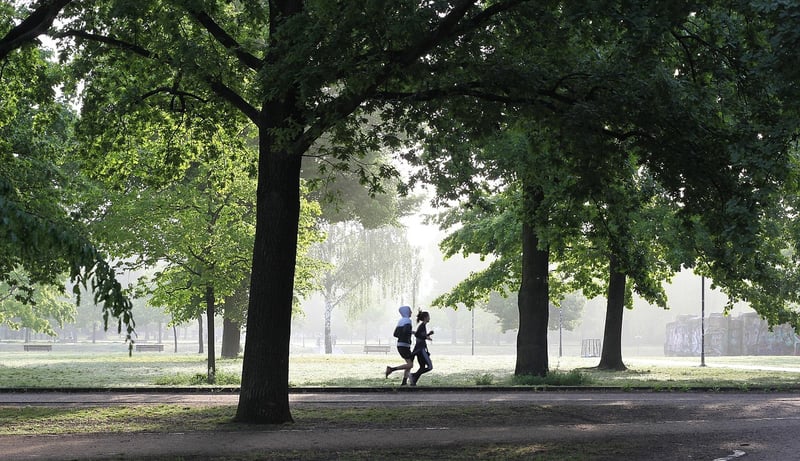Pranayama exercises
Enhance Mindfulness with Breath Control and Pranayama Exercises
Mindfulness, the practice of being present and fully engaged in the moment, can be significantly enhanced through breath control techniques and Pranayama exercises. By focusing on the breath, we can cultivate a deeper sense of awareness, reduce stress, and improve overall well-being. Let's explore some effective techniques to incorporate into your mindfulness practice.
1. Diaphragmatic Breathing
Also known as belly breathing, diaphragmatic breathing involves deeply inhaling through the nose, allowing the diaphragm to expand, and exhaling slowly through the mouth. This technique can help calm the nervous system and increase oxygen flow to the brain, promoting a state of relaxation and clarity.

2. Box Breathing
Box breathing is a simple yet powerful technique that involves inhaling for a count of four, holding the breath for four counts, exhaling for four counts, and holding again for four counts. This pattern creates a sense of balance and stability, allowing you to center your focus and quiet the mind.

3. Alternate Nostril Breathing
Alternate nostril breathing, a Pranayama technique, involves breathing through one nostril at a time while using the fingers to block the opposite nostril. This practice can help balance the left and right hemispheres of the brain, harmonize energy flow, and promote a sense of inner balance and focus.

4. Kapalabhati Breathing
Kapalabhati, or skull-shining breath, is a dynamic breathing technique that involves rapid, forceful exhalations followed by passive inhalations. This practice can help clear the mind, increase vitality, and release stagnant energy from the body, leaving you feeling refreshed and invigorated.

Integrating these breath control techniques and Pranayama exercises into your daily routine can enhance your mindfulness practice, deepen your connection to the present moment, and promote a sense of inner peace and well-being. Take a few moments each day to focus on your breath, and experience the transformative power of mindful breathing.
Remember, consistency is key when it comes to cultivating mindfulness through breath control. Start with short practice sessions and gradually increase the duration as you build your awareness and focus. Embrace the journey of self-discovery and inner exploration through the simple yet profound act of conscious breathing.
